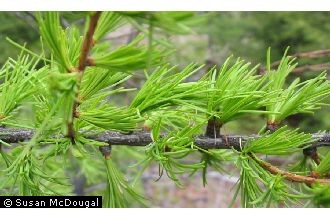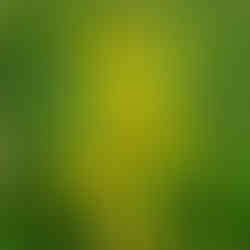- Jan 11, 2021
- 1 min read
Western Larch (Larix occidentalis) is also sometimes known as Tamarack, Mountain Larch, or Hackmatack. It is one of the few deciduous conifers, its needles turning yellow and falling to the ground in the Fall. The other deciduous conifers are the Dawn Redwood and the Bald Cypress. Western Larch has a low drought tolerance and requires full sun. It grows in the North Western United States and Canada. The crown is short and open, and the bark resembles P. ponderosa. It has the densest wood of all the North West Conifers, and is the tallest of the larix species.
Height: Up to 200'
Needles: 1-2" long, 15-30 needles per spur
Cones: <2", long, thin, red-brown scales, borne upright, and stay for years
USDA PLANTS Database Link
Pics from USDA Plant Database: https://plants.sc.egov.usda.gov/core/profile?symbol=LAOC



















